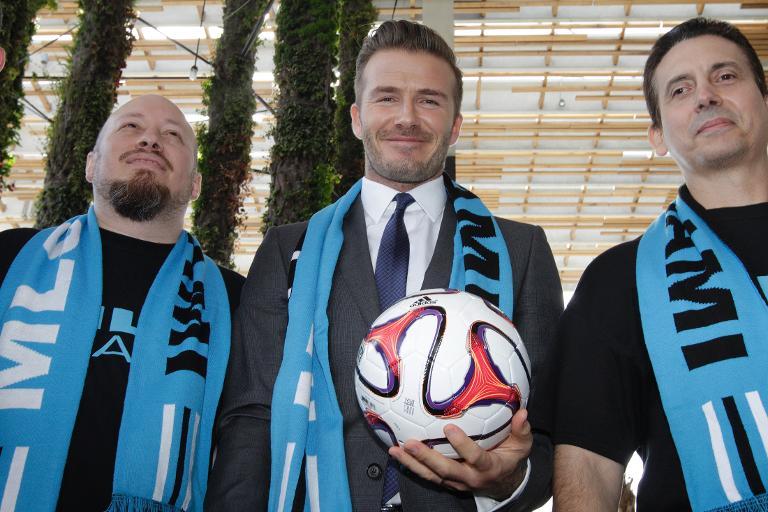Audi Tradition commemorates the early days of Audi and invites all interested parties to a celebration in downtown Ingolstadt on September 8
Marking the anniversary with two events at the Audi museum mobile: a lecture on the history of Auto Union GmbH on September 3 and the Night of the Museums on September 7

Audi has been building cars at the Ingolstadt site for over 75 years. Audi Tradition will commemorate this anniversary with a lecture at the Audi museum mobile and a celebration on Josef-Strobl-Platz in downtown Ingolstadt, the historic site of the company’s former headquarters. Visitors to the anniversary celebration on Sunday, September 8, can look forward to a collection of the first vehicle models produced in Ingolstadt and other enjoyable activities.
The evening before, the Night of the Museums at the Audi mobile museum will offer wide-ranging entertainment. The Audi Big Band will perform a colorful mix of Latin, soul, funk, and pop, and visitors will also be treated to numerous highlight tours, including the current special exhibition “Form vollendet”.
September 3, 1949, is an important date in the history of Audi. The establishment of Auto Union GmbH in Ingolstadt marked the beginning of a new chapter in West Germany for the car manufacturer, which had previously been based in Saxony. The company resumed production in buildings that once belonged to the Ingolstadt Fort, laying the foundation for the brand’s rebirth with the four rings in Ingolstadt.
A new beginning after World War II: The first step is the hardest…
Audi’s presence in Ingolstadt began shortly after the war ended: Former employees of the Saxony-based company Auto Union AG set up a central spare parts warehouse at Schrannenstrasse 3 in 1945 after it became impossible to secure parts from the Soviet-occupied zone. The mission was to keep Auto Union cars from the pre-war period on the road by supplying and producing spare parts.
The decision to resume building cars came a few years later. Having met the formal requirements, Auto Union GmbH was incorporated in Ingolstadt on September 3, 1949. The new company began making a car that responded to the needs of a country under reconstruction. The DKW F 89 Schnelllaster, a reliable and uncomplicated van, was offered in various body styles. Its design was based on proven pre-war technology, with front-wheel drive and a transverse two-cylinder two-stroke engine.
In November 1949, a second vehicle followed: the DKW RT 125. The motorcycle made a significant contribution to affordable mobility in post-war Germany. But the RT 125 was also an “old friend”, having been developed in 1939 at the DKW factory in Zschopau and built during the war for export and the German Wehrmacht.
After World War II, production of the model resumed at the now state-owned motorcycle factory in Zschopau, Saxony, in East Germany, under the name IFA (Industrieverwaltung Fahrzeugbau) RT 125. A “W” was added to the Ingolstadt model to identify it as a West German product. Apart from the slightly rounded tank, the RT 125 was almost identical to the pre-war model, with its trapezoidal fork, rubber-band suspension, 4.75 PS two-stroke engine, and foot-operated three-speed transmission.
For around ten years, the production facilities in downtown Ingolstadt and the Düsseldorf plant were the hub of the new Auto Union GmbH until a new plant was built on Ettinger Strasse for capacity reasons. On August 21, 1959, production began at the Ettinger Strasse plant of the affordable DKW Junior compact car, which, following the discontinuation of the DKW RT 125W in 1957, marked Auto Union GmbH’s permanent focus on the production of passenger cars.

Lecture, Night of the Museums, and anniversary celebration in downtown Ingolstadt
Seventy-five years to the day after the historic founding of the company, a lecture at the Audi museum mobile will commence the 75th-anniversary celebrations. Ralf Friese, company historian at Audi Tradition, will discuss the company’s difficult new beginning, the early years in downtown Ingolstadt, and Auto Union’s move to the new plant on Ettinger Strasse.






























